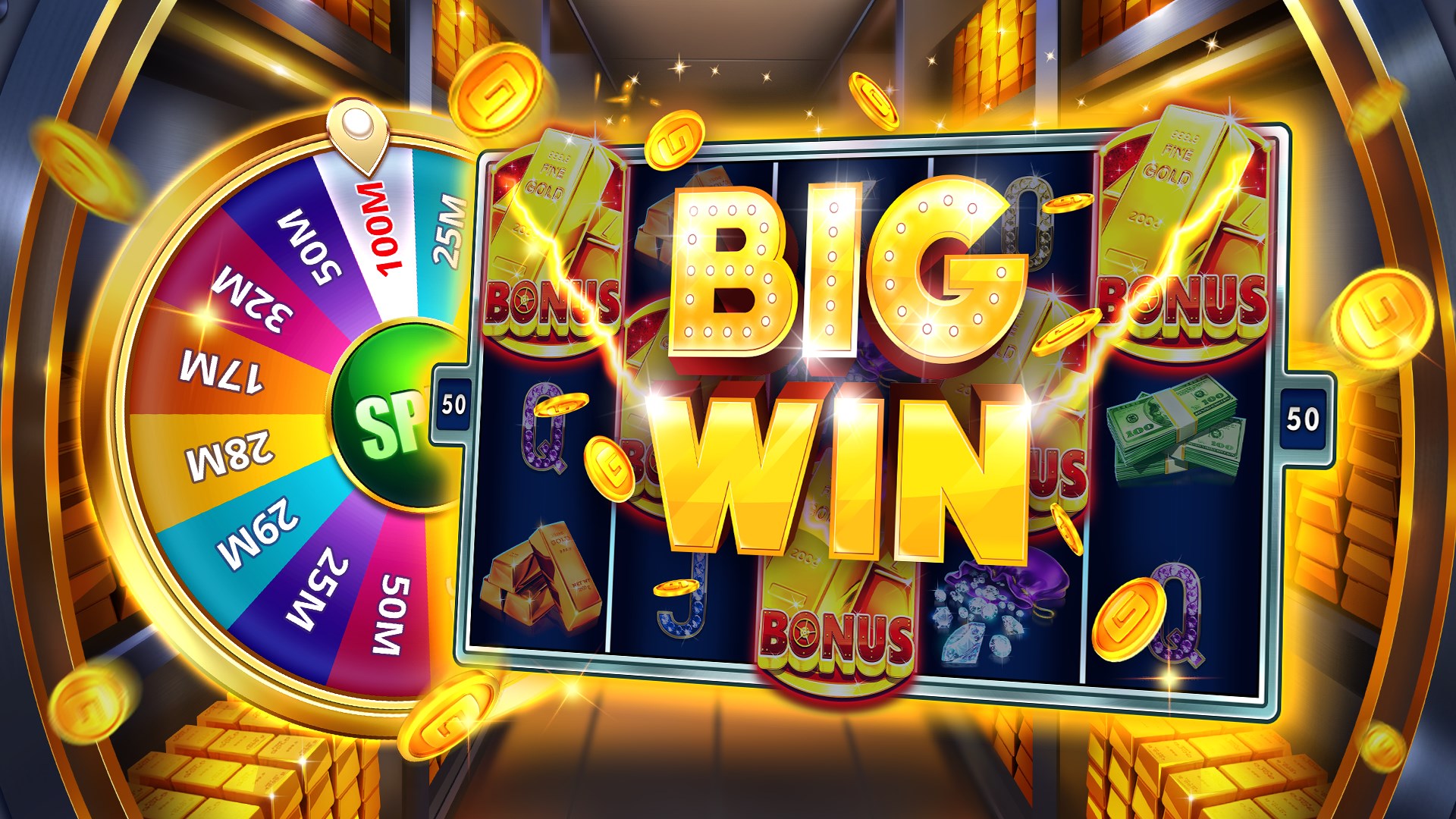Within the lively and stimulating world of gaming establishments, where fortune and strategy intertwine, color and aesthetic play a critical role in attracting players. From the moment visitors step into a casino or log into a gaming website, they are enveloped in a sightly feast that grabs their attention and lures them to discover further. Bright colors, captivating graphics, and creative layouts are carefully crafted to create an atmosphere of excitement and anticipation, ultimately improving the gaming encounter.
As gamblers navigate through the dynamic landscape of casino games, they come across a range of designs that not only serve aesthetic purposes but also affect emotions and choices. Hues like scarlet and gold symbolize riches and fortune, while calm blues and emeralds can create a much tranquil environment. Understanding how these elements function together allows casinos to create an inviting and energizing atmosphere that encourages players to interact with the games, invest more time at the tables, and boost their general enjoyment. top online casinos
The Science of Hue in Gambling Games
Tint plays a critical role in the creation of casino games, affecting players’ feelings and responses. Lively and bold hues, such as scarlet and gold, are often used to stimulate excitement and attract notice. These colors create a sense of urgency and dynamism, encouraging players to engage more readily with the experience. By intentionally selecting hues, designers aim to inspire feelings of joy and expectation, which can enhance the complete player experience.
Different hues also have psychological connotations that can influence how gamblers perceive their possibilities of success. For case, green is often associated with good fortune and abundance, making it a well-liked choice in activities like roulette and poker games. This association can lead players to feel more positive and confident in their gameplay, ultimately inspiring them to stake more. Grasping these connections allows game developers to create environments that enhance player happiness and retention.
Furthermore, the layout of gaming interfaces often utilizes color gradients and contrasting shades to instruct players’ actions. For example, successful combinations may be accentuated with vivid, differing colors, creating a visual cue. This method supports positive outcomes and supports repeated gameplay. By leveraging color psychology, casinos can develop activities that not only draw players but also maintain them interested and invested in their game experience.
Creative Elements that Engage Gamers
The visual appeal of casino games is primarily influenced by the use of bold colors. Bright and contrasting colors are strategically chosen to create an inviting atmosphere that grabs attention. For example, reds and golds often signify luck and wealth, which is why they are prevalent in the palettes of gaming machines and table surfaces. These colors not only attract players in, but they also stir emotions associated with excitement and expectation, enhancing the total gaming experience.
In parallel to color, the aesthetic and organization of casino games play a significant role in captivating players. Games are designed to be user-friendly, ensuring that players can quickly understand the rules and gameplay. Accessible interfaces, along with engaging graphics and motion, help maintain player interest and encourage longer play sessions. The tactile elements, such as the feel of the controls and the audio of the games, also contribute to a comprehensive sensory experience that keeps players immersed.
In conclusion, conceptual elements in game design can significantly influence player choice. Many casino games are inspired by popular culture, fairy tales, or exploration motifs, featuring symbols and characters that resonate with players. These themes create a sense of immersion and connection, making each game feel unique. When players feel a connection to the concept, they are more likely to choose that game over others, leading to increased participation and enthusiasm within the gambling environment.
Case Studies: Notable Gambling Game Designs
One prime example of effective gambling game design is the acclaimed slot machine series based around hit movies. Games such as those based on the Wizard of Oz and Game of thrones utilize dynamic colors and superior graphics to enthrall players in familiar narratives. The application of moving visuals and entertaining sound effects grabs the attention of players, creating an emotional connection to the theme. This strategy not just encourages longer play but also boosts the overall gaming experience, leading to increased player retention.
Another notable case is the use of color in table games like 21 and roulette. Casinos often design these games with deep reds and greens, colors traditionally associated with luck and wealth. For instance, the emerald felt on a blackjack table provides a calming effect, while the red accents in the wheel invite thrill. This intentional use of color helps to establish an inviting atmosphere that motivates players to participate, addressing their psychological impulses and boosting their enjoyment.
Finally, social casino games that include social features and vivid, colorful designs have achieved remarkable success in engaging players. Games like Zynga’s Poker and Slotomania leverage bright colors and playful animations to create an inviting online environment. The integration of leaderboards, community sharing options, and in-app rewards fosters competition and community, drawing players in for longer sessions. Such designs not only make the games visually enticing but also underscore social connectivity, a key factor in player retention and engagement within digital casino environments.
